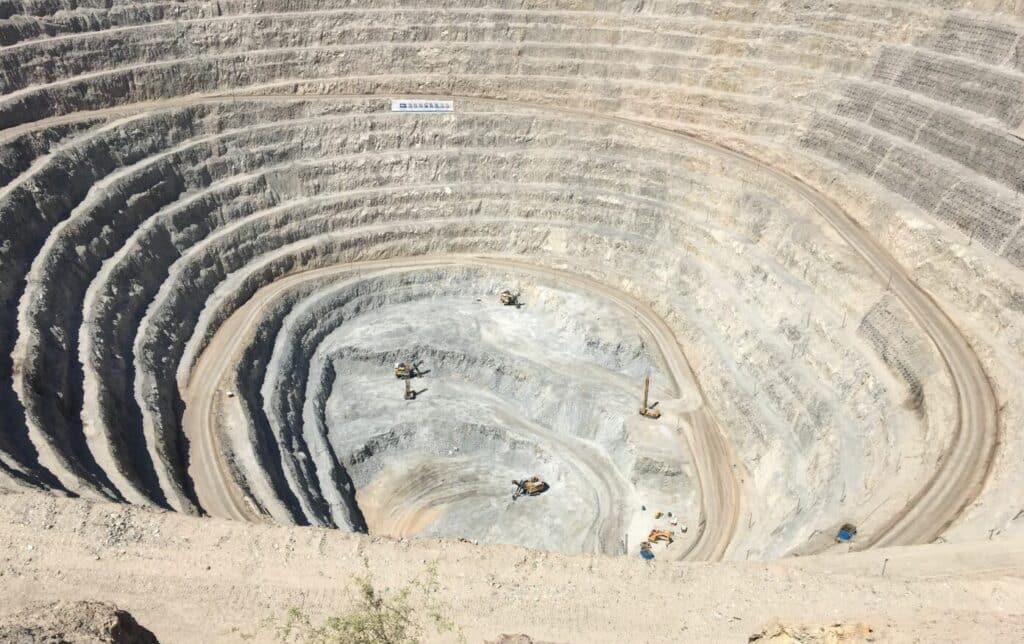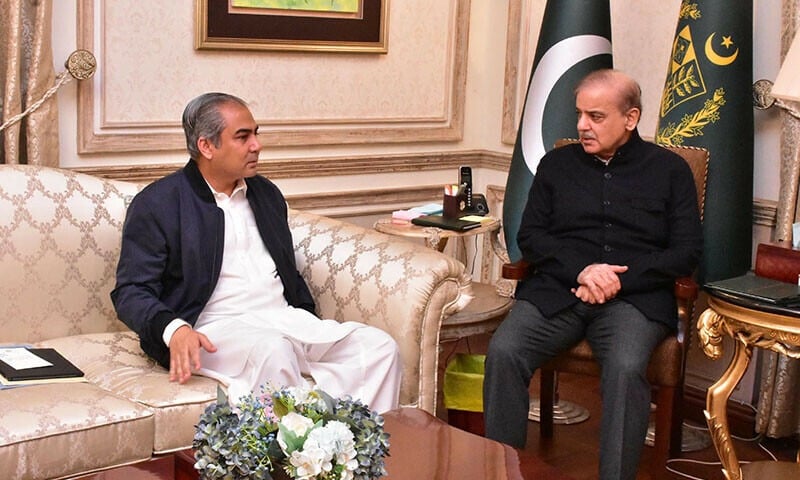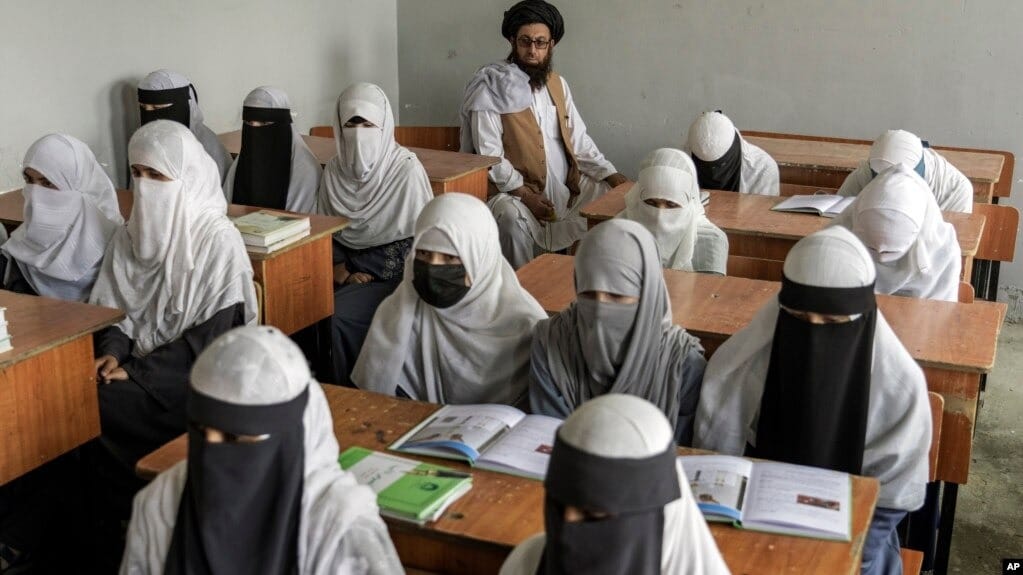QUETTA: Pakistan’s copper exports, led almost entirely by the Saindak mine in Balochistan, crossed $800 million in 2024. This is the highest figure in the project’s history. It also marks one of its strongest performances since operations began.
New trade data shows exports reached $842 million last year, up from $777 million in 2023. In 2005, the figure was just $14.6 million. Over two decades, Saindak has grown from a small operation to a key part of Pakistan’s mineral exports.
Despite early political debates over the lease to Chinese operators, the project has stayed out of public view. Its finances remain governed by opaque contracts and extensions negotiated in private.
The numbers show a slow climb in export value during the first decade under Chinese management. From the late 2010s, exports rose faster as global copper prices increased and production stabilised. In 2021, exports passed $500 million. By 2024, they crossed $800 million.
A mine that almost never started
The Saindak Copper–Gold Project lies in Chagai District, near the Iranian border. Discovered in the early 1970s, it contains copper, gold, and silver.
Development faced repeated setbacks in the 1980s and 1990s. Pakistan lacked the funds and technical skills to build the plant and infrastructure. The state-owned Saindak Metals Ltd began trial production in 1995. Low copper prices made operations unviable, and the mine shut in 1996.
In 2001, China’s Metallurgical Corporation of China Ltd (MCC) offered to invest about $350 million. MCC built the plant and began trial production. In 2002, it started commercial operations under a 10-year lease.
Production and reserves
Saindak holds about 412 million tonnes of ore with 0.5% copper. The plant can process 12,500 tonnes per day. It produces a copper–gold concentrate shipped overseas for refining. Almost all is exported from Karachi to China.
China’s role
China revived Saindak in 2002 during its rapid industrial growth. MCC provided funds, equipment, and expertise in exchange for long-term supply. For China, Saindak is small but adds to a diverse supply base.
Nearly 100% of Pakistan’s copper concentrate exports go to China. Saindak’s success depends on copper prices, Chinese demand, and stable Pakistan–China ties.
The Reko Diq factor
Reko Diq, 50 km from Saindak, holds 5.9 billion tonnes of ore. It could produce several billion dollars in exports each year once developed. The project, delayed for years by legal disputes, is now being revived by Barrick Gold.
Saindak offers lessons for Reko Diq. Foreign-operated mines can bring steady revenues. But exporting raw concentrate limits value capture. Transparency, fair profit-sharing, and domestic refining remain challenges.
Saindak was once a dormant asset. Now it is a steady earner for Pakistan. Exports rose from $14.6 million in 2005 to $842 million in 2024.
It operates far from public attention but plays an important role in the balance of payments. As global demand for copper grows, Pakistan must decide how to use its mineral wealth better. Saindak shows both the opportunities and the risks ahead.





